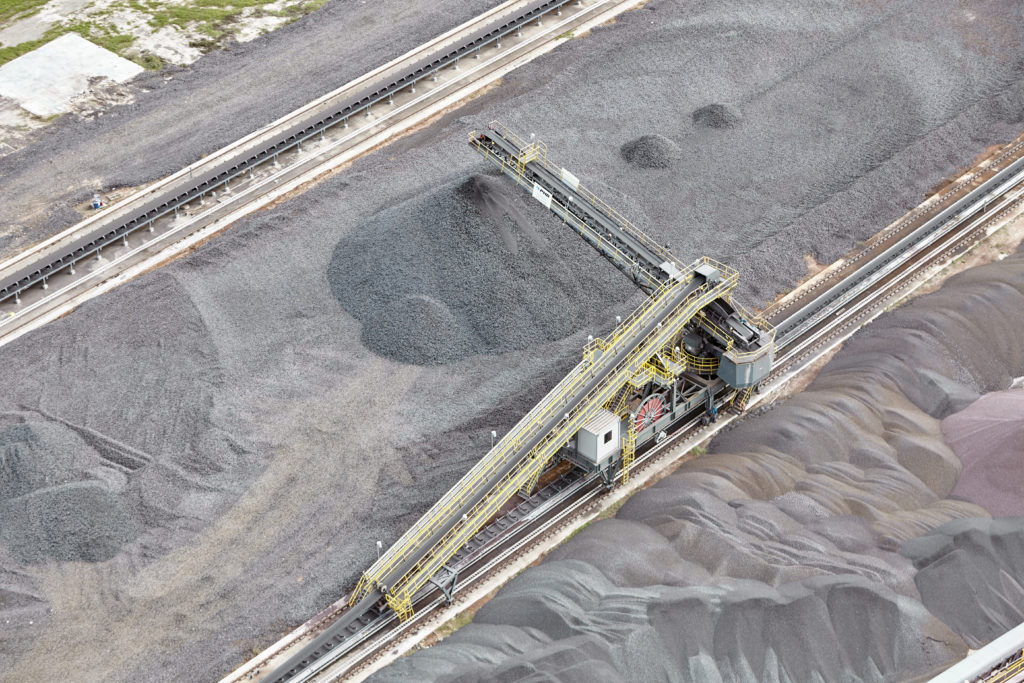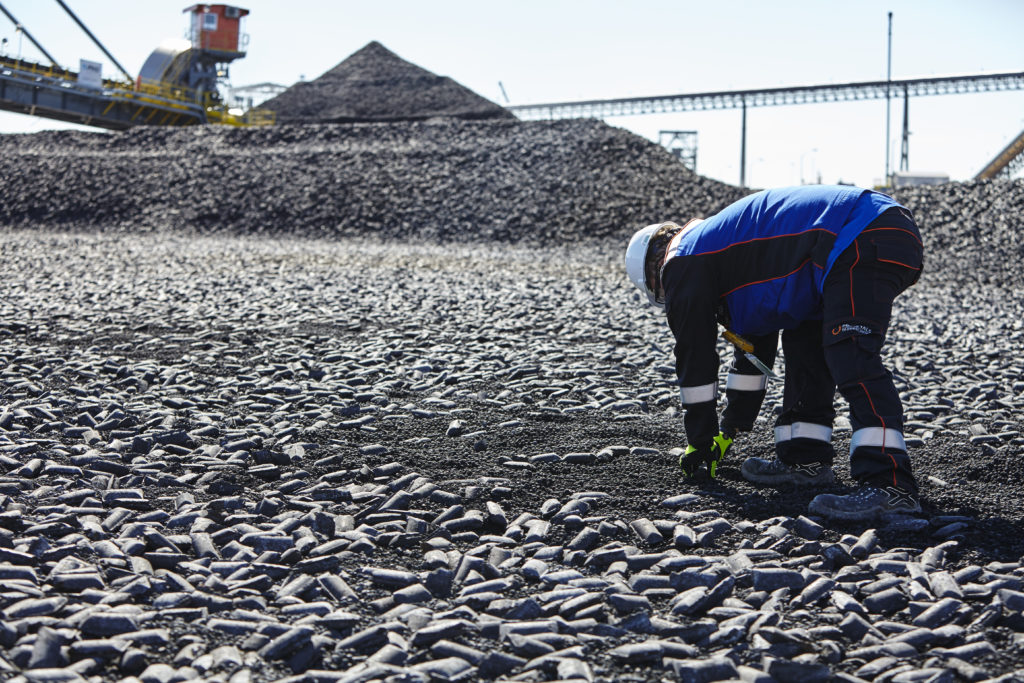Press Release
73.3 Million Tons of DRI Produced in 2011
May 22, 2012
Charlotte, NC – The world’s total DRI production in 2011 reached 73.3 million tons, setting yet another new record for the industry according to data compiled by Midrex Technologies, Inc. Growth slowed in some areas of the world, but in other regions, increased production more than counteracted this decline. Although last year’s production rose about 3 million tons from 2010’s total production of 70.4 million tons, it marks nearly a 9 million ton increase from the 2009’s 64.4 million tons.
In the natural gas fueled sector of the industry, in 2011 MIDREX® Direct Reduction Plants once again led all technologies, producing 44.4 million tons, followed by Energiron plants, which produced 11.1 million tons; Finmet made more than 500,000 tons. The remaining 17.3 million tons was produced using various rotary kiln technologies found in India and in other areas of the world. Complete data will be available for download from www.midrex.com the week of May 27th.

Details of DR growth and decline
Four nations experienced significant growth. The United Arab Emirates (UAE) saw an increase of 1.1 million tons, and Venezuela made 0.7 million tons more than the previous year. Mexico increased by 0.5 million tons and Russia saw an increase of 0.4 million tons.
In the UAE, the growth was primarily due to the startup of a new plant at Emirates Steel combined with the ramping up toward full production by another plant at the same steelworks. Venezuela’s growth is reflective of a partial recovery from prolonged decline in production due to political and governmental factors that the DR industry experienced over the past five years. In Mexico, the growth was primarily attributed to general economic recovery from the financial crisis as both Mexico and its major market, the United States, continued their economic recoveries. Russia’s growth came from a general increase in the capacity of six existing plants as they outperformed their prior best by over 8%.
As stated previously, some countries did see a decline in production. Nations where there was significant decline included India, which produced 1.45 million tons less in 2011 than in 2010, and Libya, which fell by 0.8 million tons. Libya’s decline was a result of the national revolution which affected all aspects of the country. The DRI facilities at LISCO shuttered their plants early in the year and had not restarted by the end of the year but have resumed operation since.
2011 DRI production at a glance
Altogether 2011 was up by 4% (2.87 million tons) over 2010’s data. This was the ninth year out of the past ten that a new world production record was established. While gas based reduction grew by 7% from 52.3 million tons in 2010 to 55.9 million tons in 2011, coal based reduction by the rotary kiln processes shrank by 5% from 18.1 million tons to 17.3 million tons. The latter is related to the slowdown in India where the great majority of rotary kiln plants are located.

As in every year since 2003, India was the leading producer with 22.0 million tons, down from 23.4 million tons in 2010 but still two times as much as the next highest country producer, Iran. Iran produced approximately 10.4 million tons. Mexico was third top producer with production of 5.9 million tons, well above 2010 but still well below their all-time peak of 6.5 million tons in 2004. Saudi Arabia and Russia were fourth and fifth respectively. These five nations produced more than two-thirds of the world’s supply of DRI.
India production and trends
India’s drop in production was a result of several economic forces. First, there was a slowing of the general economic growth that has been developing for years. Although growth has continued, it was not rising at as rapid a pace as previously anticipated. Some plants were not able to obtain as much iron ore as they needed due to governmental restrictions on mining. In addition, governmental allocations were placed on natural gas that gave higher priority to electric power generation and to ammonia (fertilizer) production than to the manufacture of iron and steel. India has become the leading producer of DRI over the past decade due to the large number of small rotary kilns; however, the need for better quality DRI is driving shaft furnace alternatives such as MXCOL® and COREX®/MIDREX®. With smaller amounts of natural gas anticipated for industry use, coal-based technology options are currently being pursued by a few India steelmakers. Jindal Steel and Power, Ltd is currently building a 1.8 million ton/year MXCOL® Plant in Angul, Orissa, India, and a 1.2 million ton/year COREX®/MIDREX® Plant is being built in Vijayanagar, Toranagallu, Karnataka State, India by JSW Projects Ltd.